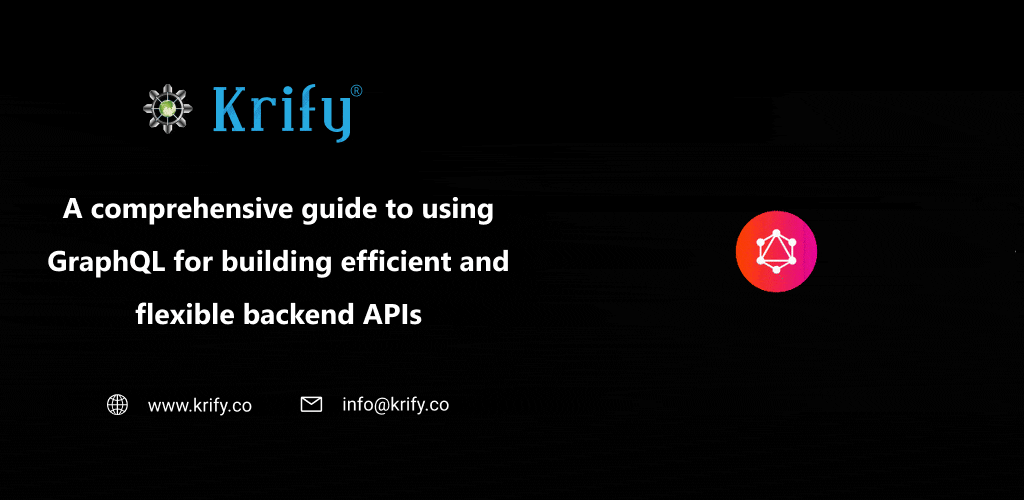Facebook invented GraphQL in 2012 as a query language and API runtime. It has subsequently gained attention in the development community owing to its potential to improve the effectiveness and versatility of backend API development. In this blog post, we’ll look at how to utilize GraphQL to build fast and adaptive backend APIs.
What is GraphQL?
GraphQL is an API query language that allows developers to define the data they need as well as the structure of the data they anticipate in response. This API development technique contrasts from the traditional REST API approach, in which each endpoint returns a set piece of data and the client must do many requests to receive all of the data they want.
GraphQL increases API development speed by enabling clients to specify exactly what data they want, and it also increases API development flexibility by allowing the server to give only the data requested by the client.
How to use GraphQL for backend API development?
Here are the steps to follow to use GraphQL for backend API development:
1. Define a schema:
The first step in using GraphQL is to construct a schema that describes the data types and their connections. The schema defines the data types that the API may deliver, as well as the characteristics that are available on each type and their relationships.
2.Create resolvers
Once you’ve developed the schema, you’ll need to build resolvers to put the queries and modifications into action. Resolvers are functions that are responsible for returning the data requested in the query.
3. Define queries and mutations
Queries and mutations are used to get and modify data from the API. Queries and updates can be defined in the schema and then carried out in the proxy servers.
4. Connect to a database
To retrieve data from a database, you must first connect your GraphQL API to the database. There are database systems available, including MongoDB, MySQL, and PostgreSQL.
5. Test your API
When you’ve chosen your schema, built your resolvers, and connected to your database, it’s time to test your API. You may use tools like GraphiQL, an in-browser IDE for exploring GraphQL APIs, to test your API.
Benefits of using GraphQL for backend API development
1. Reduced network traffic:
GraphQL saves network capacity by allowing clients to request just the information they need. This means that the server may just supply the required data, reducing the quantity of data that must be carried over the network.
2. Simplified API development:
GraphQL streamlines API development by allowing developers to create a single endpoint for all queries and modifications. Developers may spend less time creating endpoints and more time implementing API functionality as a consequence.
3.Improved performance:
Since GraphQL allows clients to request just the data they want, it has the potential to improve API performance. GraphQL may reduce server load by reducing the amount of data that must be transferred over the network, resulting in improved performance.
4. Flexibility:
GraphQL improves API development flexibility by allowing customers to request only the data they need. This means that developers may add new API fields without impacting existing consumers.
Conclusion:
GraphQL is a powerful language for building flexible and adaptive backend APIs. By establishing a schema, implementing resolvers, defining queries and mutations, connecting to a database, and testing your API, you can design a GraphQL API that meets the needs of your application. Because of benefits such as reduced network traffic, faster API creation, greater speed, and flexibility, GraphQL is a popular choice for backend API development.
At Krify, we have a team of professionals who are up to date on the latest technologies and are always on the lookout for new trends in order to provide the highest quality output. If you want to learn more about Graphql and its benefits, our team of skilled developers would be pleased to help. Please contact us for additional details.









